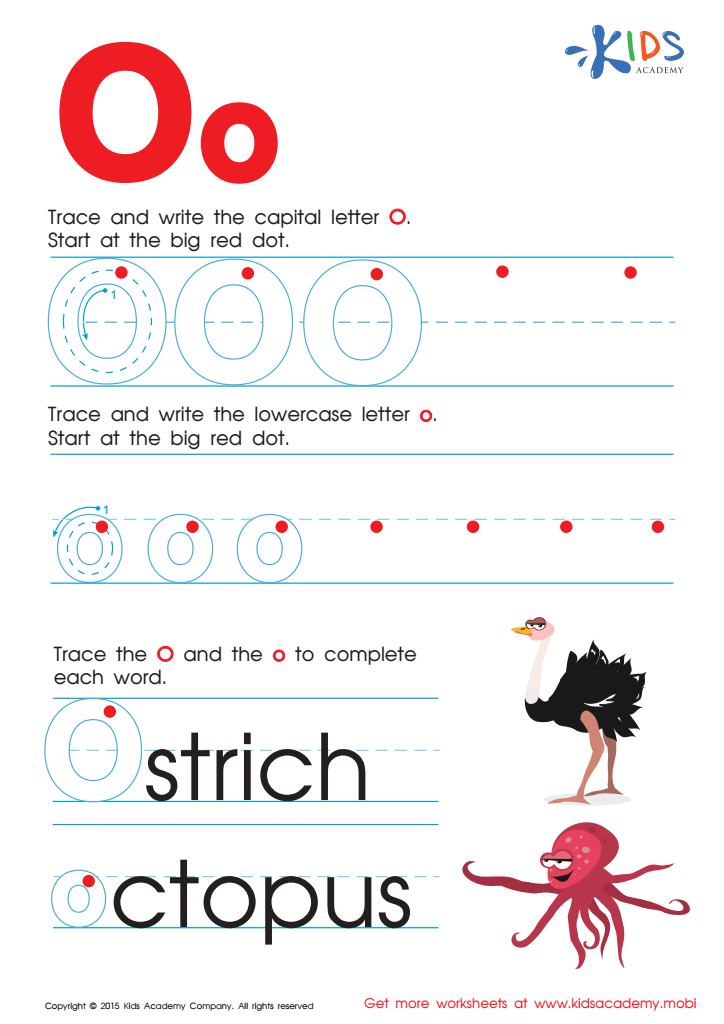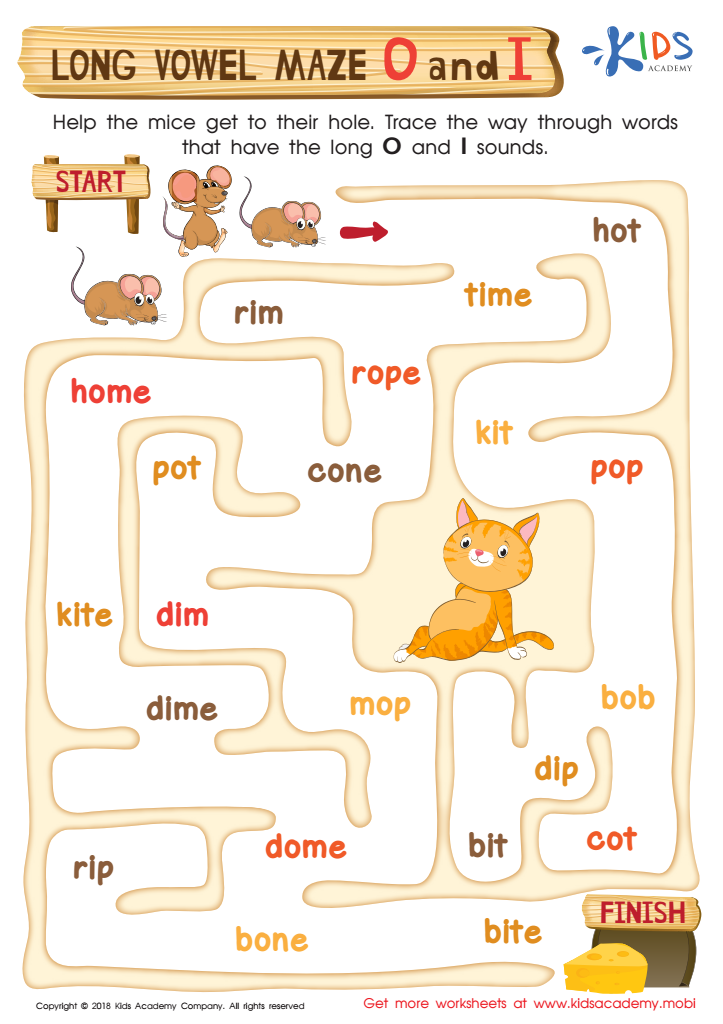Hand-eye Coordination Normal Letter Recognition Worksheets for Ages 7-9
5 filtered results
-
From - To
Enhance your child's hand-eye coordination and letter recognition skills with our engaging worksheets designed for ages 7-9. Our curated activities stimulate cognitive and motor skills while reinforcing the fundamentals of alphabet recognition. Each worksheet features playful illustrations and structured exercises that encourage children to connect letters with corresponding objects, fostering a fun learning experience. As kids trace, color, and match letters, they'll improve their focus and dexterity, setting a solid foundation for reading and writing success. Download these interactive worksheets today and watch your child thrive in a crucial stage of their educational journey! Perfect for home or classroom use!


Letter O Tracing Page


Letter P Tracing Page


Letter H Tracing Page


Long Vowel Maze /o/ and /i/ Worksheet


Letter D Tracing Page
Hand-eye coordination and normal letter recognition are crucial skills for children aged 7 to 9, as they significantly influence their academic and personal development. During this stage, children transition from basic reading and writing to more complex tasks that require a solid foundation in these areas.
Hand-eye coordination, the ability to synchronize visual input with manual actions, is essential for activities like writing, typing, and even sports. Improved hand-eye coordination aids in developing fine motor skills, which contribute to a child's ability to write neatly and efficiently.
Normal letter recognition refers to a child’s ability to accurately identify and differentiate letters, forming the basis for reading comprehension and literacy. Children at this age are expected to advance beyond simple recognition, moving towards fluency in reading and understanding more complex texts.
For parents and teachers, fostering these skills is paramount. Strong hand-eye coordination and letter recognition not only enhance a child’s academic performance but also boost their confidence and motivation. Engaging children in activities that promote these skills, such as games, sports, and arts, will ensure they are better prepared for future learning challenges, ultimately supporting their growth and development.
 Assign to My Students
Assign to My Students















